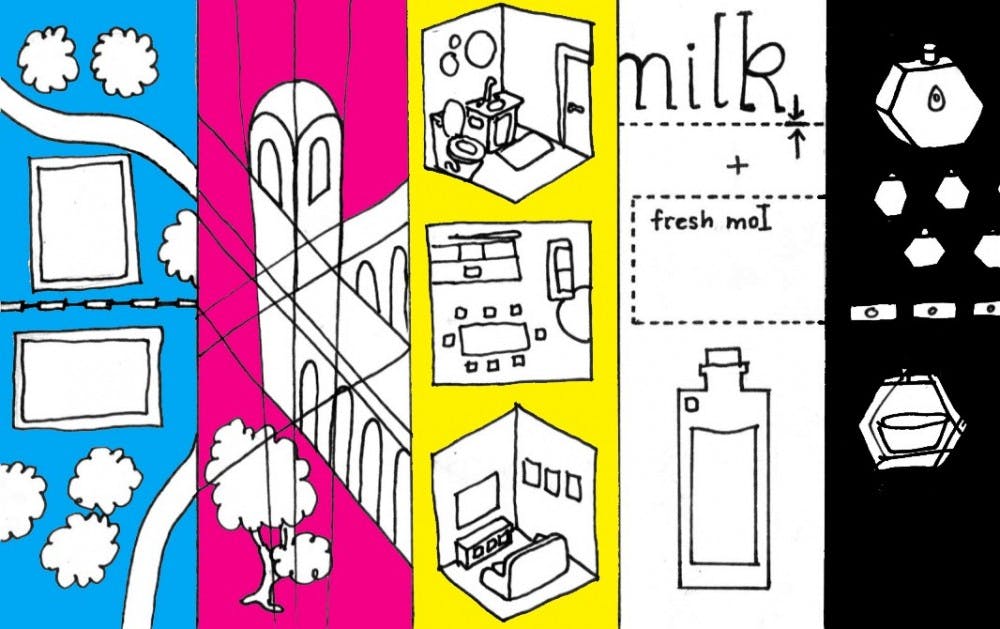What do lasers, parking spaces and color theory have in common? They are all part of projects that will be taken on by the students at the 2019 Summer Design Primer.
Presented by the ASU Herberger Institute for Design and the Arts, the summer camp is for high school students and incoming ASU college freshmen looking to explore design as a field of study.
The five-week program, which runs from June 10 to July 12, covers a different component of design each week, including architecture, industrial design, interior design, landscape architecture and visual communication.
“We see a number of students come in for the Design Primer whose parents and uncles were designers,” said Philip Horton, the architecture program coordinator and assistant director for strategic communications at the Design School.
“These students are pretty sure that’s what they want to do," he said. "They need some kind of a summer camp, and this is the best one for them."
Horton said that in his five years teaching architecture at the Design Primer, he has noticed that the design exercises completed by students each week are the most rewarding part of the camp.
Every week, each of the five faculty members poses a design problem for students to solve. For Horton’s students, the design problems involve maximizing the use of natural sunlight and shade for buildings in the most efficient way possible.
But for landscape architecture instructor Lora Martens, the weekly student project is a little different.
Her students focus on sketches and designs modeled after Park(ing) Day, an annual urban design event started in San Francisco that involves turning a single parking space into a tiny park.
“The point of the project is to raise awareness (about) how much space in our cities we give over to cars without even noticing that we’re doing it,” she said.
Martens, whose academic focus includes community-based design, said that learning about design concepts can be valuable for all students, not just those interested in pursuing a career in design.
“Learning about the design process is not limited to designers," she said. "The design process can be used in any profession where you have to communicate or you have to create something — which is pretty much every profession."
Coreen Golab, who teaches interior at ASU, called the Primer an "investment in students' future" because helps students explore all the possible fields of design they could pursue before starting their collegiate careers.
"Students today are very focused," she said, "they really can't waste a year figuring out what major they want to do. This camp helps narrow that focus."
The Design Primer will end with an exhibit of work completed by students at the ASU Design School's Red Square on July 12.
Reach the reporter at Christopher.Clements@asu.edu or follow @ChristopherJCI8.
Like The State Press on Facebook and follow @statepress on Twitter.




